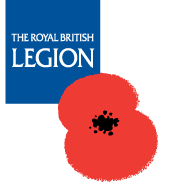
|
 |
|
| Welcome to the Ramsbottom Branch
of The Royal British Legion |
The Treatment of Wounded and Sick
Soldiers
The Great War
1914 - 18 |
| |
|
|
|
|
The
Evacuation Chain |
|
|
|
This page describes the main medical functions in a complex chain that
processed the casualty from the front line back to hospitals at home. It
is in a simplified format. Many men missed stages altogether, and of
course many wounded soldiers were in no condition to know which of these
units was caring for them.
|
|
|
| |
|
Regimental Aid Post
The 'dressing station' was probably a Regimental Aid Post. The
picture on the right is a RAP in open ground near Monchy le Preux
in 1917. Front-line units, such as infantry battalions, were able to
provide only the most superficial medical care. Located near the front
line, often in a support or reserve trench, was their Regimental Aid
Post, attended by the Battalion Medical Officer and his orderlies and
stretcher bearers. A wounded man would either make his own way there if
possible, or be carried there. The facilities were crude and often just
sufficed to carry out light first aid, give the casualty a drink, or
just pass him down the chain to the Advanced Dressing Station. The RAPs
were manned by troops of the infantry or other unit. Casualties moving
on to the ADS were moved by hand carriage, wheeled stretchers, trolley
lines, etc as conditions permitted. Those wounded men who could walk,
did so. From 1916, relay posts for stretcher bearers were established
every 1000 yards or so. To avoid congestion, certain communication
trenches were allocated for the removal of casualties. |
|
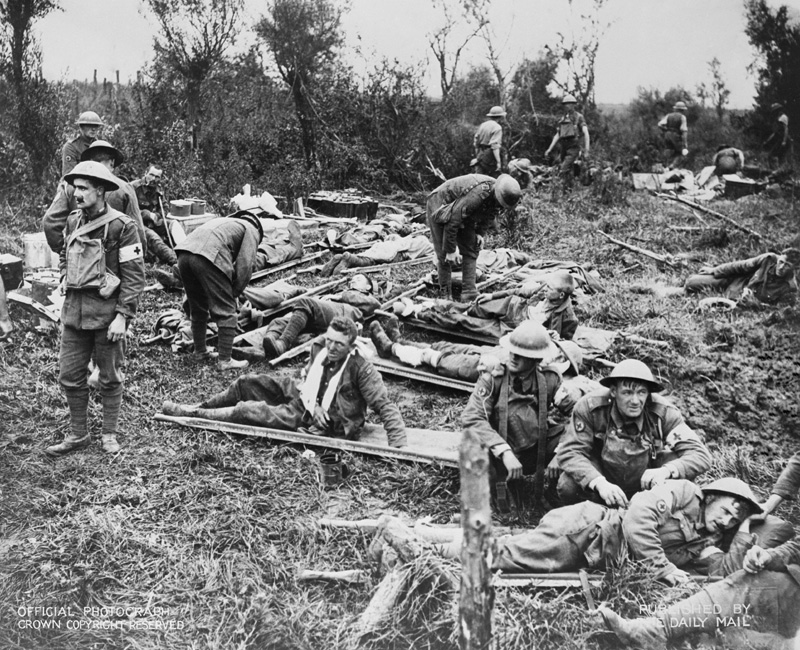
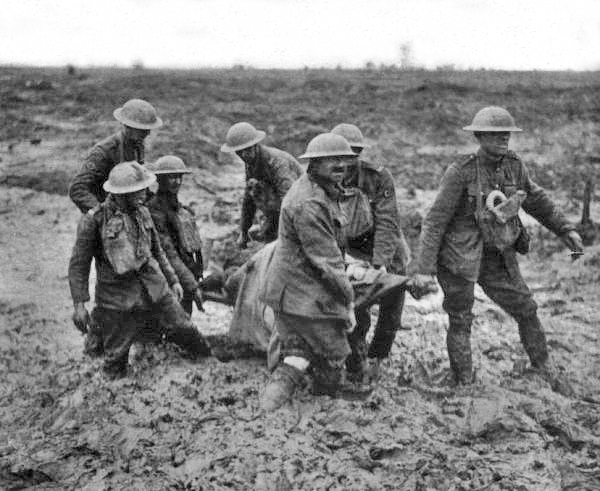 |
|
|
| |
|
Field Ambulance |
|
|
|
|
The Field Ambulance attached to the infantry
brigade provided one or more Advanced Dressing Stations in reasonable
proximity of the front lines. The ADS was better equipped than the RAP
but could still only provide limited medical treatment. Mens wounds
could be dressed and some emergency operations carried out. In times of
heavy fighting, the ADS would be overwhelmed by the volume of casualties
arriving. Often, wounded men had to lie in the open on stretchers for a
considerable time. The wounded man would be passed on down the line to a
CCS, often by the wagon transport of the Divisional Supply Column.
Buses, charabancs, light and broad gauge railways were also used as
conditions allowed. In addition to the ADS, the Field Ambulance was also
responsible for the stretcher bearer relay posts, walking wounded
collecting stations, sick collecting stations and rest stations. A
larger version of the ADS, the Main Dressing Station, was often provided
for the Division. The next stop for most casualties was the CCS. |
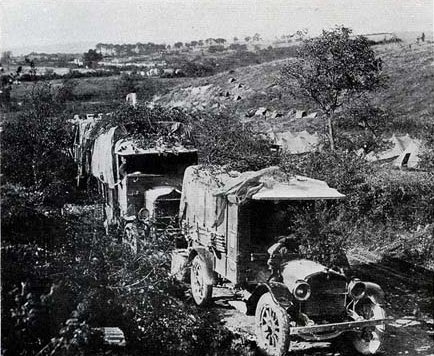 |
| |
|
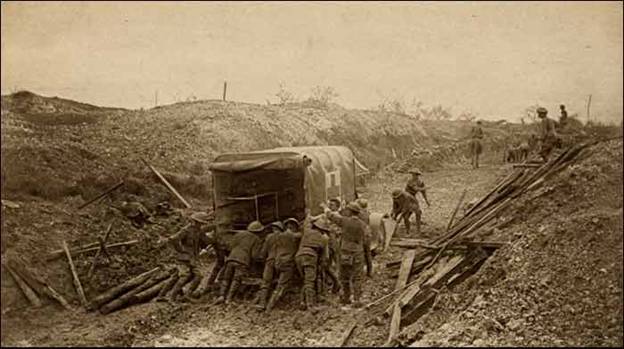 |
|
|
Base Hospitals |
|
| |
|
Once admitted to a Base Hospital, the Tommy stood
a reasonable chance of survival. More than half were evacuated to the UK
from a General or Stationary Hospital for further treatment or
convalescence. The Stationary Hospitals, two per Division, could hold
400 casualties. The General Hospital could hold 1040 patients. They were
located near the Army's principal bases at Boulogne, Le Havre, Rouen, Le
Touquet and Etaples. The establishment of a General Hospital included 32
Medical Officers of the RAMC, 3 Chaplains, 73 female Nurses and 206 RAMC
troops acting as orderlies, etc. The hospitals were enlarged in 1917, to
as many as 2,500 beds. |
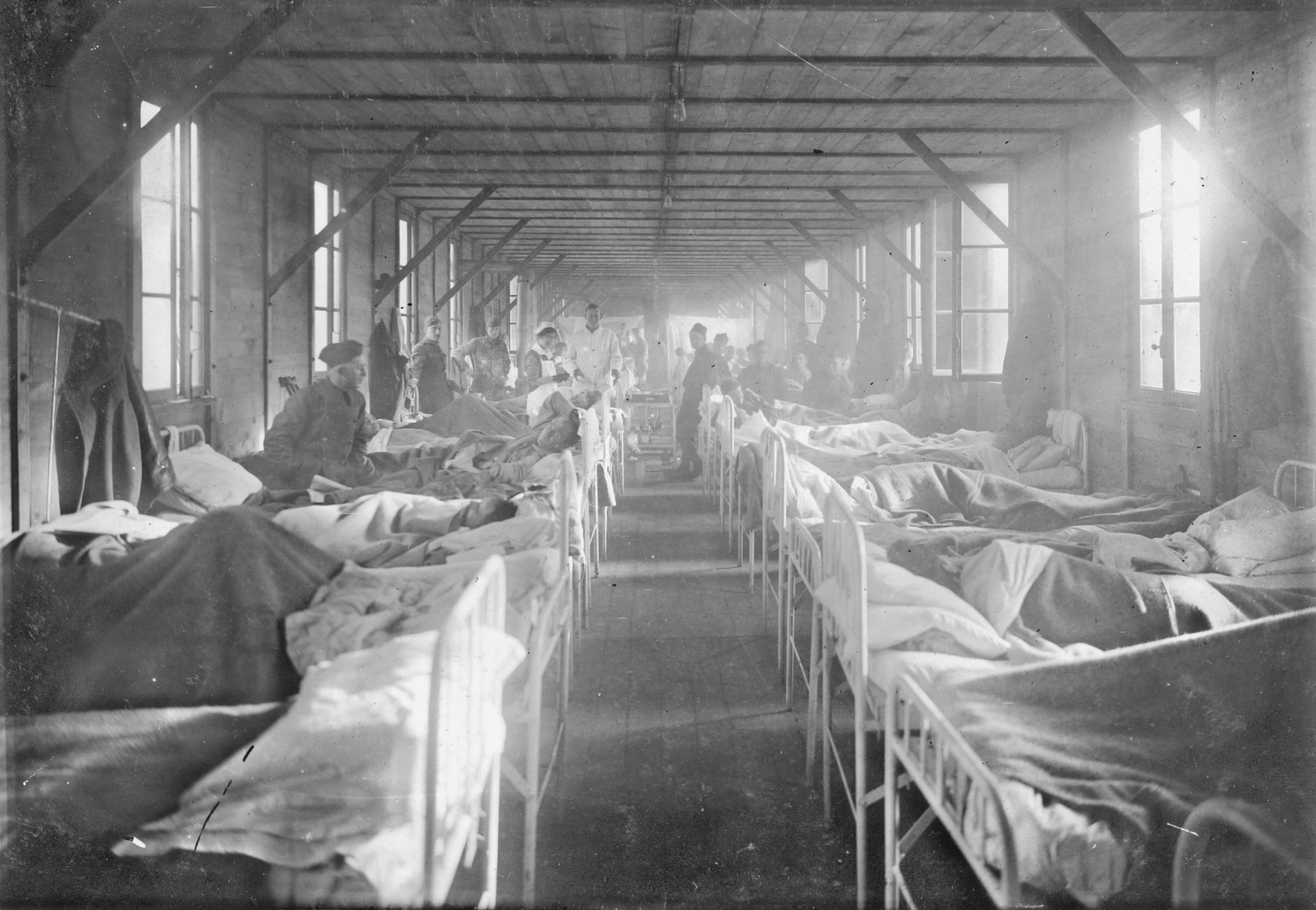 |
|
|
Expansion of medical facilities and capacity |
|
| |
|
The medical support for the Army was developed
rapidly as the size of the army grew, and as the nature of the wounds,
sickness and other ailments faced in this war became clear. The lessons
learned in the early phases of the war included those concerning the
need for speedy treatment of wounds. A casualty's chances of survival
were much greater if he could be attended to quickly. Hospitals had to
be built - and mant doctors and nurses recruited and trained.
Numbers of medical troops (Source: Official
History)
August 1914
July 1916
Nov 1918
Officers
200 10,669
Other Ranks 9,000 114,939
Nurses
516 6,394 |
|
|
|
Treatment in Blighty |
|
| |
|
Casualties whose wounds permitted them to travel
would often be moved back to the United Kingdom for treatment. This
chance of seeing home and family was more attractive to many men than
remaining unwounded in the trenches. Men would hope for a 'Blighty one'.
A huge network of hospitals of all specialities and convalescent units
were developed. One of the final destinations for a recovered wounded
soldier was a Command Depot: last stop before the return to hell.
|
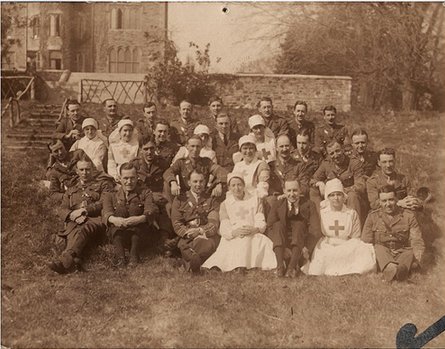 |
| |
|
|
|
|
|
|
|
|
|
|
|
| |
|
|
|
|
|
|







